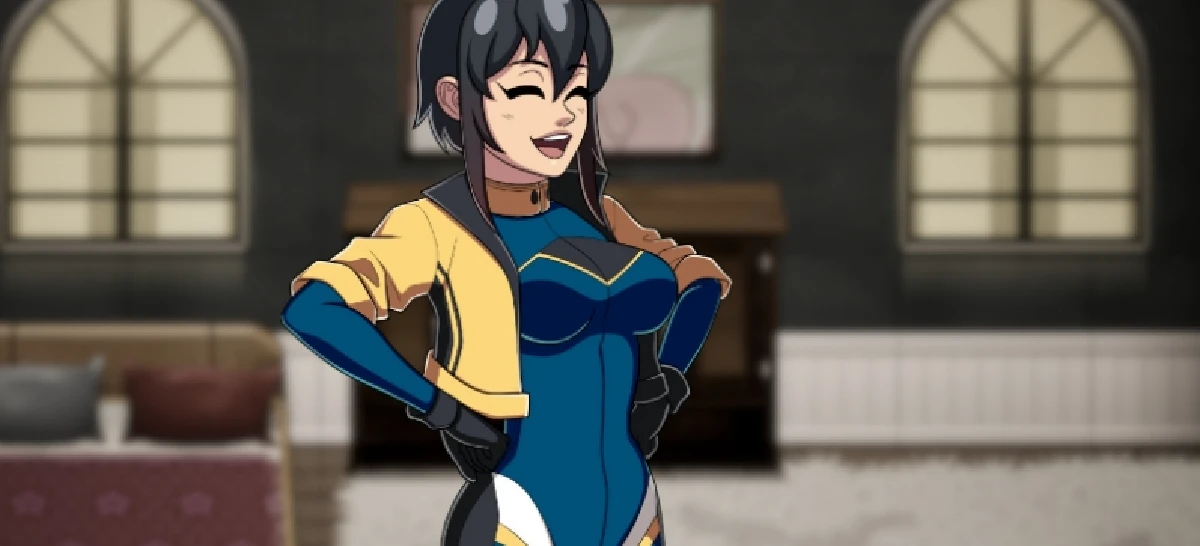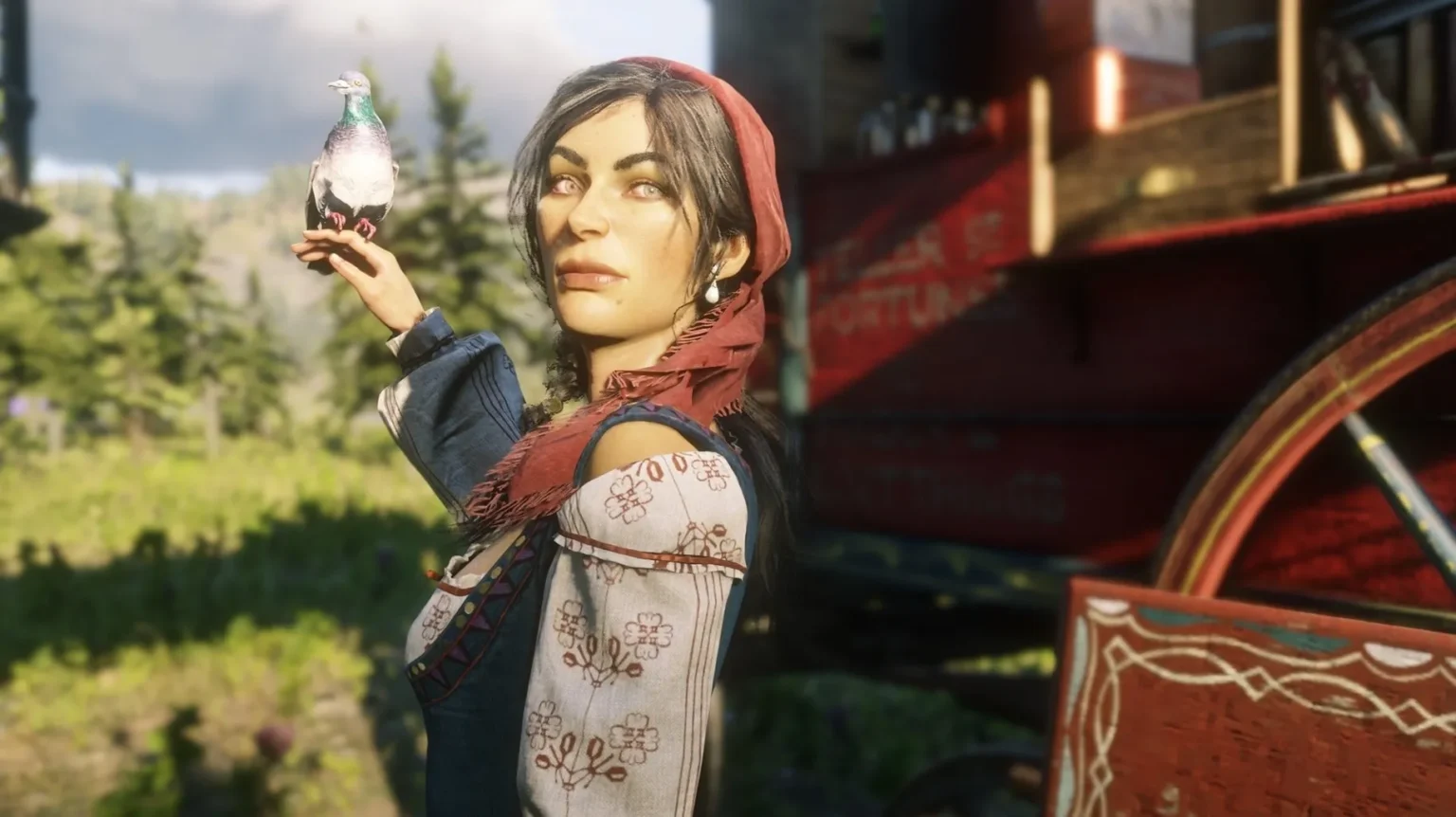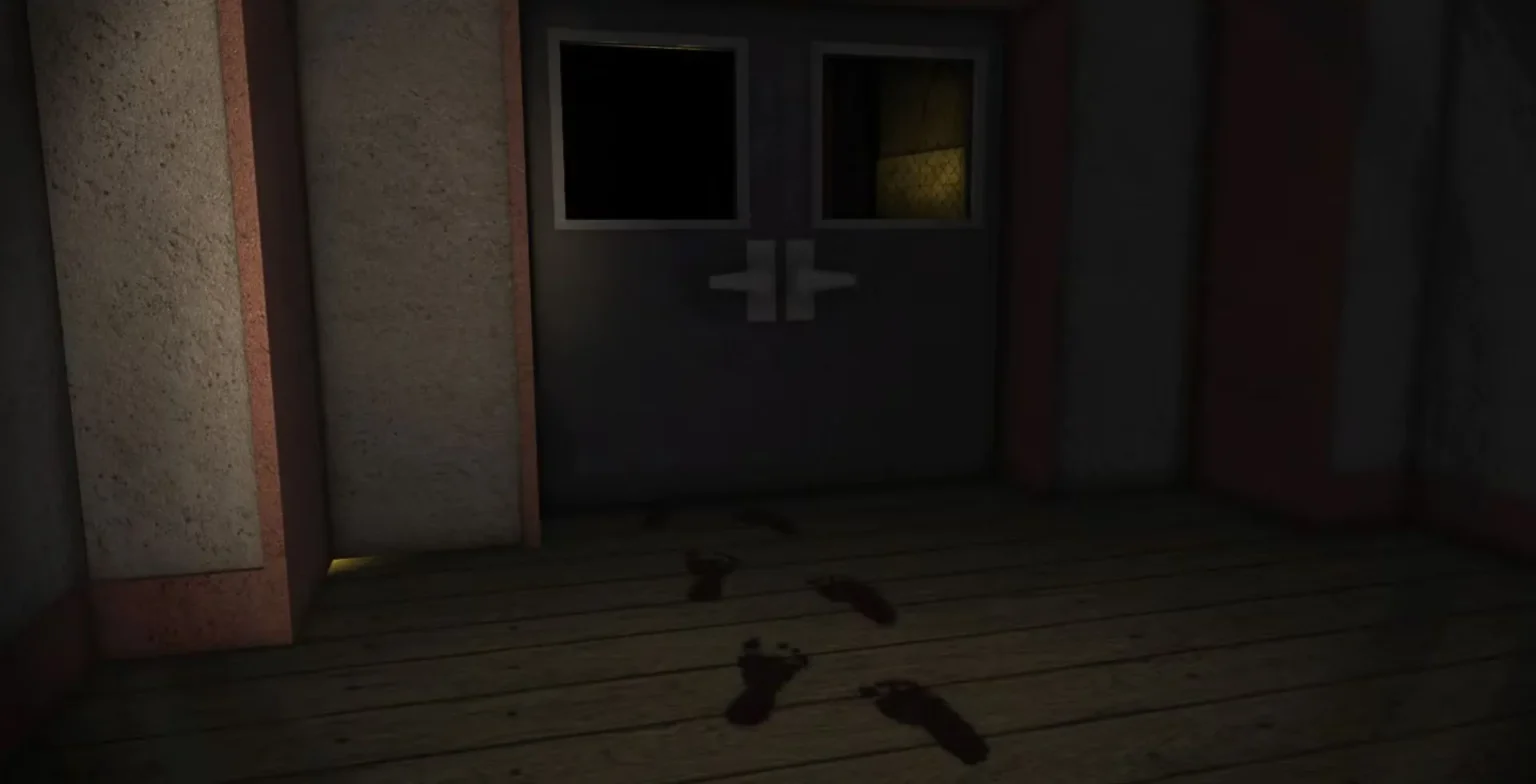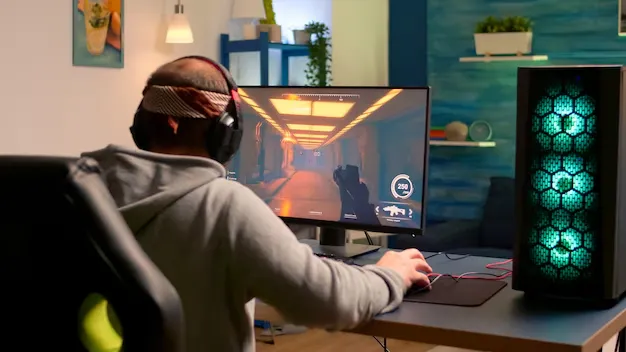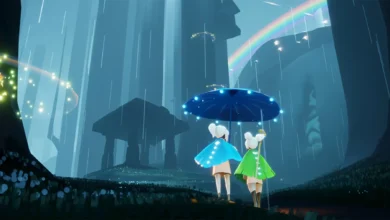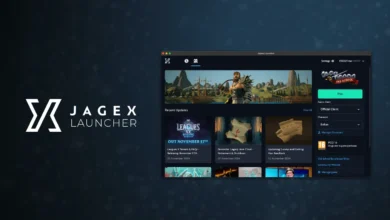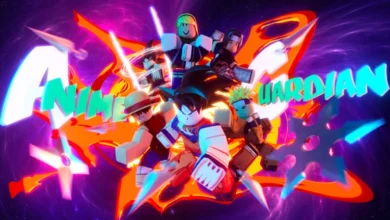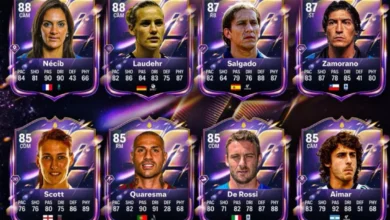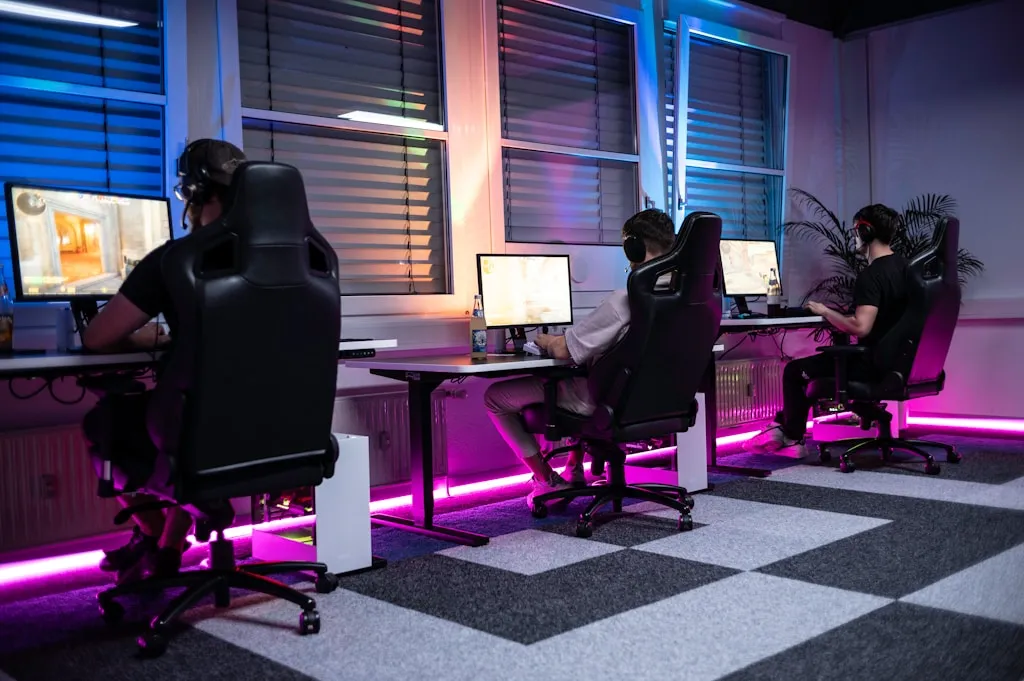
Weapon skins in Counter-Strike have become more than just cosmetic items; they’re a core part of the game’s identity, economy, and culture. Since the introduction of skins in 2013 with CS:GO, the scene has shifted significantly in terms of style, popularity, rarity, and design trends.
From clean finishes to bold animations, from community-created art to ultra-realistic textures in CS2 — let’s take a look at how CS skin trends have evolved over the past decade.
2013–2014: The early stage – tactical and minimal
When skins first appeared in CS:GO, the focus was largely on simple color schemes and military-style aesthetics. The earliest collections, such as those found in Weapon Case 1 or the eSports 2013 Case, included designs like the:
- M4A4 | Zirka
- AK-47 | Case Hardened
- AWP | Lightning Strike
The majority of skins from this period were subtle, with restrained use of color and realistic materials like steel, carbon fiber, or wood. Players valued clean looks and skins that didn’t distract too much in-game.
2015–2016: Rise of color and fantasy themes
As more cases were released, Valve began incorporating brighter colors and more stylized designs. This period saw the debut of:
- M4A4 | Desolate Space
- AK-47 | Neon Revolution
- USP-S | Orion
Community creators also became more influential via the Steam Workshop, contributing imaginative finishes and themed concepts. Skins no longer had to look realistic — they could be inspired by sci-fi, anime, cyberpunk, or graffiti.
This was also the time when StatTrak weapons gained popularity, making skins more dynamic by adding kill counters.
2017–2018: High contrast and limited-edition styles
Around 2017, skin trends leaned toward high-contrast patterns, often featuring metallics, glows, or high-saturation palettes. The release of the Glove Case and Spectrum Case introduced several vibrant designs:
- AWP | Fever Dream
- AK-47 | Bloodsport
- Desert Eagle | Code Red
Skins began to take on collector status. Players started building themed loadouts, sometimes based on color (e.g., full red/blue/purple sets) or rarity tiers. Gloves and knives became must-have finishing touches for premium-looking inventories.
2019–2020: Abstract art and retro vibes
Skins released during this period started to borrow from contemporary art, streetwear, and retro pop culture. Examples include:
- MAC-10 | Disco Tech
- M4A1-S | Printstream
- AWP | Containment Breach
Designs often used iridescent effects, pixel textures, and layered gradients, creating a more eye-catching experience.
In parallel, the rise of skin influencers on YouTube and Twitch affected demand — flashy, unique skins became more desirable as creators showcased them to huge audiences.
2021–2022: Detail, texture, and minimalism return
After a few years of hyper-visual experimentation, some trends circled back to cleaner, high-detail surfaces. Finishes with subtle gradients, refined metals, and slick polish gained momentum:
- USP-S | Whiteout (from older collections, saw renewed interest)
- AK-47 | Slate
- FAMAS | ZX Spectron
This era balanced flashy designs with tactical appeal, attracting both casual collectors and pro players who valued clarity during matches.
2023–present: CS2 and the Source 2 transformation
With the launch of Counter-Strike 2 and the transition to the Source 2 engine, skins received a major visual upgrade. Existing designs now feature:
- Better lighting and reflections
- Smoother wear levels
- Increased texture detail
This change has revived interest in older skins, which now look significantly more polished. At the same time, new skins released post-CS2 focus on realism blended with stylization — taking full advantage of the upgraded engine.
Examples include:
- M4A4 | Temukau
- AK-47 | Inheritance
- AWP | Duality
Players have started gravitating toward skins that look great both in inspection view and mid-game, thanks to improved lighting and effects.
G4Skins is one of the platforms that reflect how CS2 cases have developed beyond the game itself, incorporating custom designs and alternative formats.
| Year(s) | Trend highlights | Popular examples |
|---|---|---|
| 2013–2014 | Tactical, military, realistic looks | AWP |
| 2015–2016 | Bright colors, fantasy themes, community-made skins | AK-47 |
| 2017–2018 | High contrast, metallics, saturation, gloves introduced | AWP |
| 2019–2020 | Abstract art, neon effects, retro vibes, influencer impact | MAC-10 |
| 2021–2022 | Return to minimalism, clean surfaces, polished metals | AK-47 |
| 2023+ (CS2) | Realistic lighting, texture detail, Source 2 upgrades | M4A4 |
Popular themes that stood the test of time
Some skin trends remained consistent through the years:
- Case Hardened patterns (AK-47, Five-SeveN, etc.)
- Fade finishes (Karambit, Desert Eagle, Glock-18)
- Asiimov series (AWP, M4A4, P90)
- Neo-noir aesthetics (USP-S, Glock-18, AWP)
These designs continue to appeal due to their distinct look, recognition factor, and consistent demand within the trading and collecting community.
Final thoughts
Over the past decade, CS skin trends have mirrored the evolution of digital aesthetics, player behavior, and visual technology. From tactical minimalism to neon chaos, from simple camos to collector-grade art pieces — the CS skin ecosystem has grown into one of gaming’s most iconic customization systems.
As CS2 continues to evolve, skin design will likely follow — with even more advanced visuals, artist collaborations, and player-driven trends shaping the next generation of finishes.
Whether you’re into clean lines or animated chaos, there’s a place for every style in the world of CS skins.

